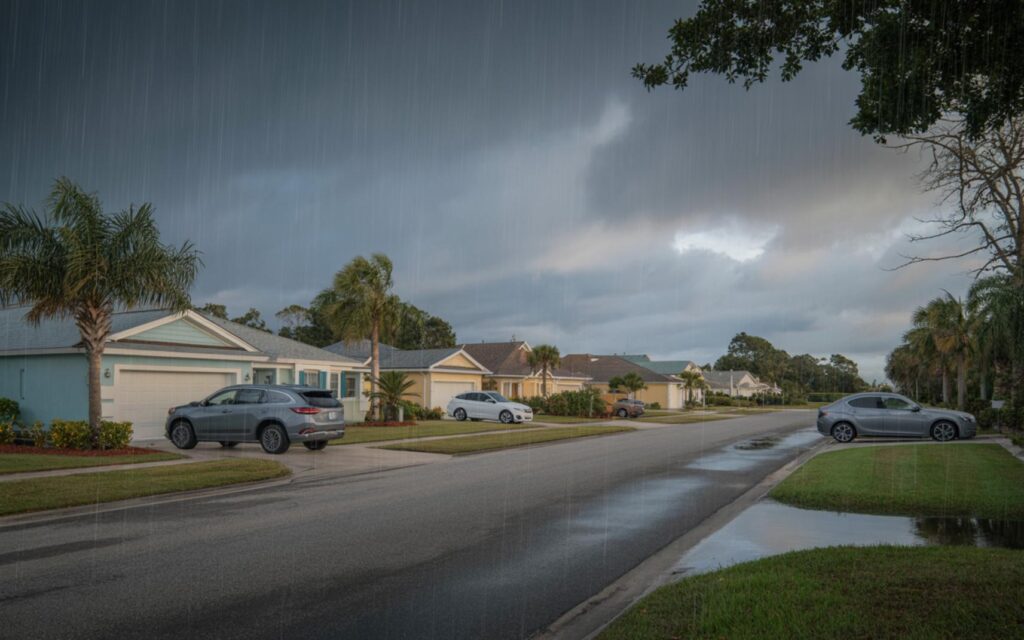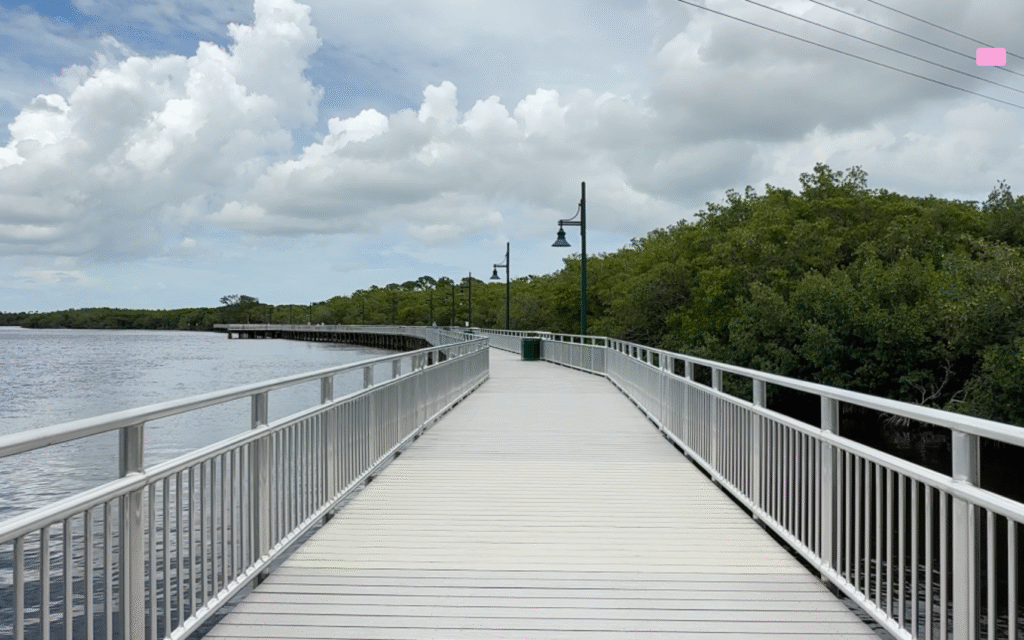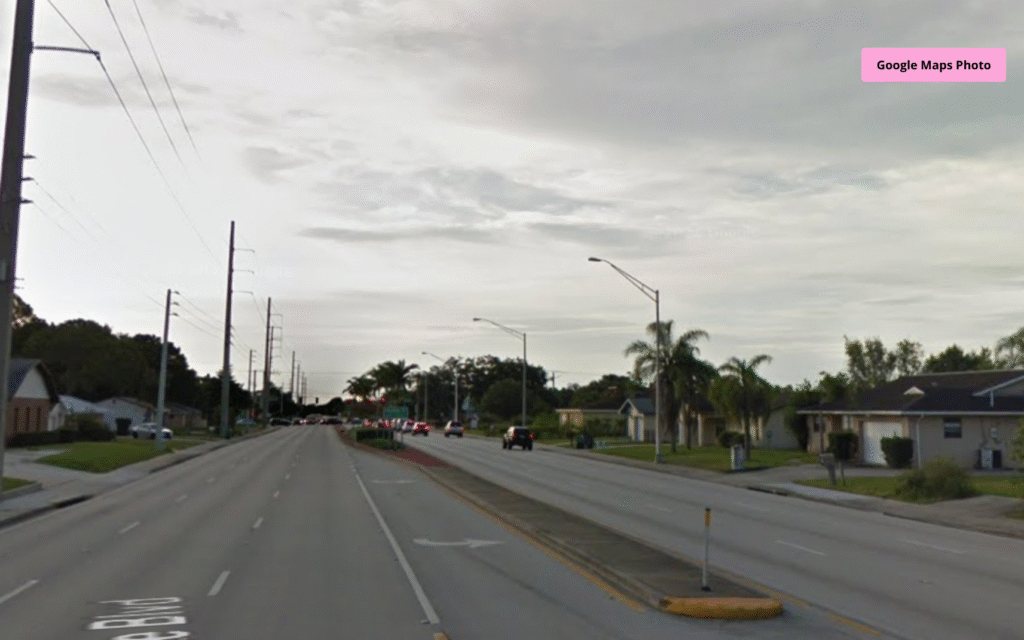Hurricane Melissa, the thirteenth named storm and third Category 5 hurricane of the 2025 Atlantic hurricane season, brought record-setting winds and widespread destruction across the Caribbean. The storm’s rapid intensification and severe impact have raised concerns about hurricane trends and the vulnerability of island nations.
Hurricane Melissa’s Formation and Rapid Intensification
Hurricane Melissa originated from a tropical wave off the coast of West Africa. The system developed into a tropical storm on October 21, 2025, in the southern Caribbean, according to the National Hurricane Center. Meteorological conditions, including very warm sea surface temperatures and reduced wind shear, contributed to the storm’s rapid intensification.
By October 28, Melissa reached maximum sustained winds of 185 mph (295 km/h) and a minimum central pressure of 892 mbar. These figures tied historic records for hurricane intensity at landfall in the region, based on official meteorological data.
Severe Impact in Jamaica and Surrounding Nations
Melissa made landfall near New Hope, Jamaica at peak intensity on October 28, causing widespread destruction. According to Jamaica’s Office of Disaster Preparedness and Emergency Management, preliminary damage estimates stand at least $7.7 billion USD. Approximately 400,000 people in Jamaica were affected by the hurricane’s direct impact.
As of October 31, at least 56 deaths have been reported due to Hurricane Melissa. Official sources confirm 22 fatalities in Jamaica and 30 in Haiti, primarily resulting from flooding and landslides. Relief agencies noted significant displacement and infrastructure disruption in both Haiti and Cuba as the storm moved across the region.
Dominican Republic: Water Infrastructure and Displacement
In the Dominican Republic, nearly 94,000 people were affected by Hurricane Melissa. The National Emergency Operations Center reported that over 50 aqueducts sustained damage, impacting water access for more than 549,000 users. Emergency crews worked to restore essential services and provide temporary shelter for displaced families.
Relief Efforts and Emergency Response
Relief agencies activated anticipatory action frameworks ahead of Hurricane Melissa’s landfall. Emergency funds were allocated to support vulnerable populations, with international and regional organizations coordinating aid deliveries. The Caribbean Disaster Emergency Management Agency and local governments worked to address immediate needs, including food, water, and shelter.
Officials reported that early warning systems and disaster preparedness measures helped reduce casualties, but infrastructure damage and displacement remain significant challenges. The situation is being monitored as recovery operations continue.
Storm Path and Transition
After making landfall in Jamaica, Hurricane Melissa weakened while moving over mountainous terrain and then into Cuba. Despite this weakening, the storm remained a powerful system as it tracked toward Bermuda. By October 31, Melissa transitioned into an extratropical cyclone, according to the National Hurricane Center.
Authorities in affected countries continue to assess damage and coordinate recovery efforts. Details may be updated as investigation and response activities progress.
Climate Trends and Hurricane Activity in the Atlantic
Meteorologists and climate experts have observed that Hurricane Melissa’s rapid intensification and destructive impact are consistent with recent trends in the Atlantic basin. Warmer ocean temperatures and favorable atmospheric conditions have contributed to more frequent and intense hurricanes in recent years, according to the National Oceanic and Atmospheric Administration.
The event highlights the vulnerability of Caribbean nations to major hurricanes and the importance of early warning systems, disaster preparedness, and international aid coordination. Ongoing concerns about climate change include the potential for more severe tropical cyclones and the need for resilient infrastructure in hurricane-prone regions.
Frequently Asked Questions About Hurricane Melissa
What is Hurricane Melissa and when did it form?
Hurricane Melissa is the thirteenth named storm of the 2025 Atlantic hurricane season. It formed from a tropical wave off West Africa and became a tropical storm on October 21, 2025, in the southern Caribbean.
How strong did Hurricane Melissa become at its peak?
Hurricane Melissa reached Category 5 status with maximum sustained winds of 185 mph (295 km/h) and a minimum central pressure of 892 mbar. This tied historic records for intensity at landfall in the region.
Where did Hurricane Melissa make landfall and which areas were most affected?
The hurricane made landfall near New Hope, Jamaica, at peak intensity. Jamaica, Haiti, the Dominican Republic, and Cuba experienced severe impacts, including widespread damage, flooding, and displacement.
How many people were affected by Hurricane Melissa?
Preliminary reports indicate about 400,000 people were affected in Jamaica, nearly 94,000 in the Dominican Republic, and significant displacement occurred in Haiti and Cuba. The storm disrupted water access for over 549,000 users in the Dominican Republic.
Are hurricanes like Melissa becoming more common in the Atlantic?
Experts note that rapid intensification and strong hurricanes like Melissa are becoming more frequent in the Atlantic. Warmer ocean temperatures and favorable conditions are linked to these trends, according to official meteorological agencies.
































